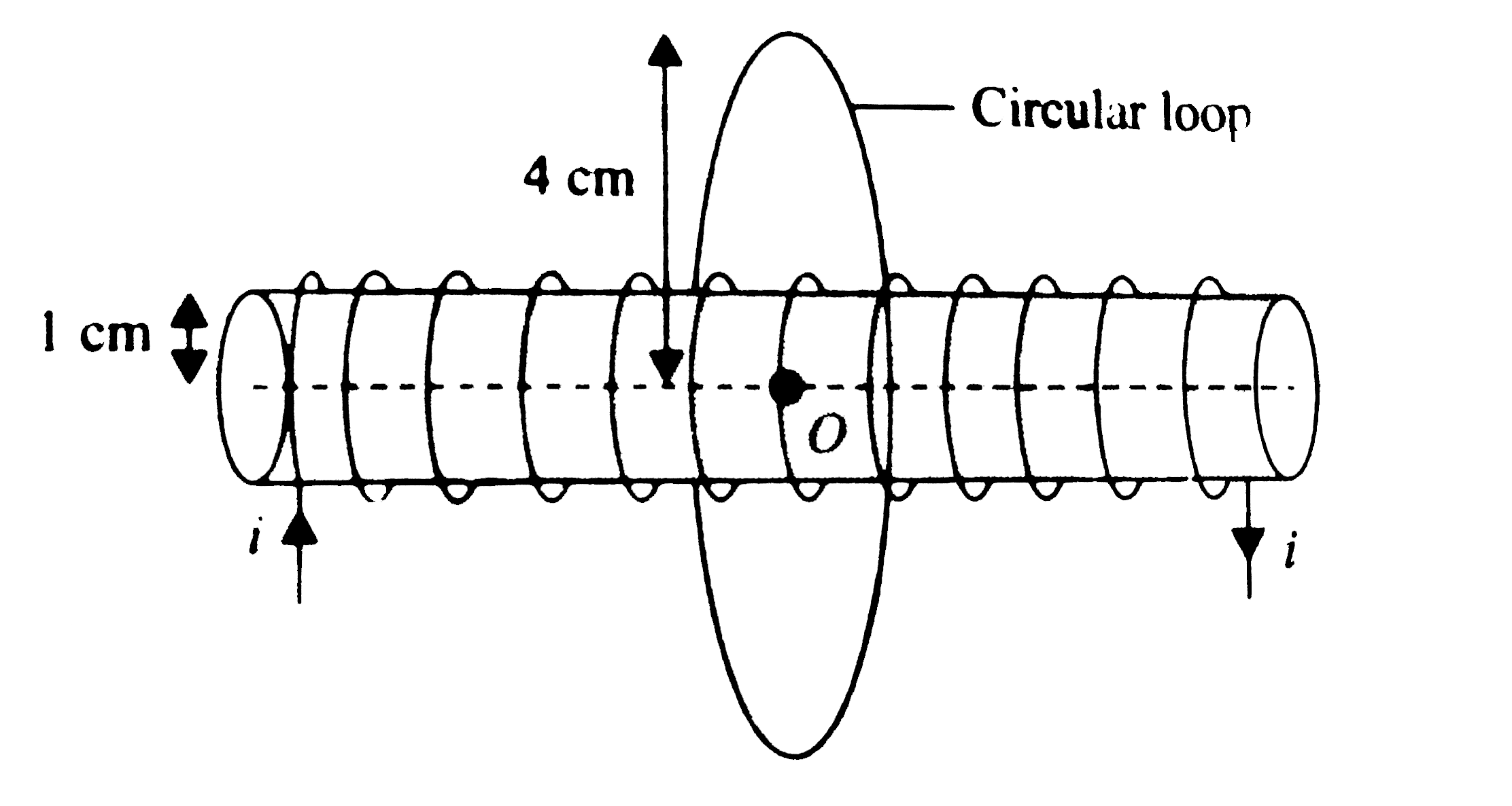A
B
C
D
Text Solution
Verified by Experts
The correct Answer is:
|
Topper's Solved these Questions
CURRENT ELECTRICITY
AAKASH SERIES|Exercise LECTURE SHEET (EXERCISE-III LEVEL- II (ADVANCED) (Linked Comprehension Type Questions)|2 VideosView PlaylistCURRENT ELECTRICITY
AAKASH SERIES|Exercise LECTURE SHEET (EXERCISE-IV LEVEL - I (MAIN) (Straight Objective Type Questions))|5 VideosView PlaylistCURRENT ELECTRICITY
AAKASH SERIES|Exercise LECTURE SHEET (EXERCISE-III LEVEL- I (MAIN) (Straight Objective Type Questions))|7 VideosView PlaylistCURRENT ELECTRICITY
AAKASH SERIES|Exercise PROBLEMS (LEVEL-II)|27 VideosView PlaylistDUAL NATURE OF RADIATION AND MATTER
AAKASH SERIES|Exercise PRACTICE EXERCISEX|42 VideosView Playlist
Similar Questions
Explore conceptually related problems
Knowledge Check
Similar Questions
Explore conceptually related problems
AAKASH SERIES-CURRENT ELECTRICITY-LECTURE SHEET (EXERCISE-III LEVEL- II (ADVANCED) (Straight Objective Type Questions))
- A long solenoid having n = 200 turns per metre has a circular cross-se...
03:15
|
Playing Now - The two batteries of emf E(1) and E(2) having internal resistances r(1...
05:01
|
Play - Two cell with unequal emfs of 2V and 3V are connected as shown in the ...
05:39
|
Play - For the given circuit, terminal potential differences of cells are aro...
03:26
|
Play - For the given circuit, If internal resistance of cell is 1.5Omega...
03:57
|
Play
